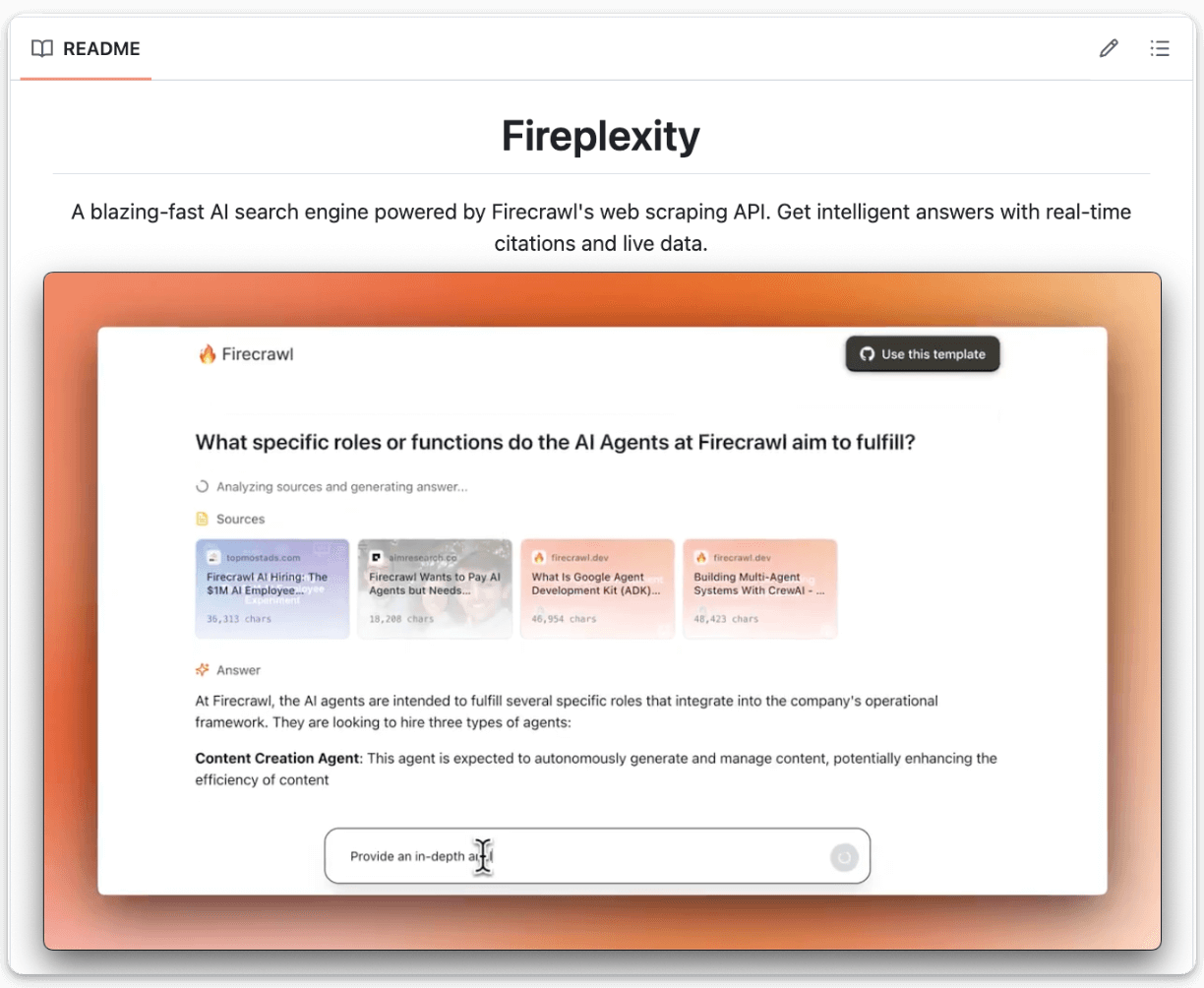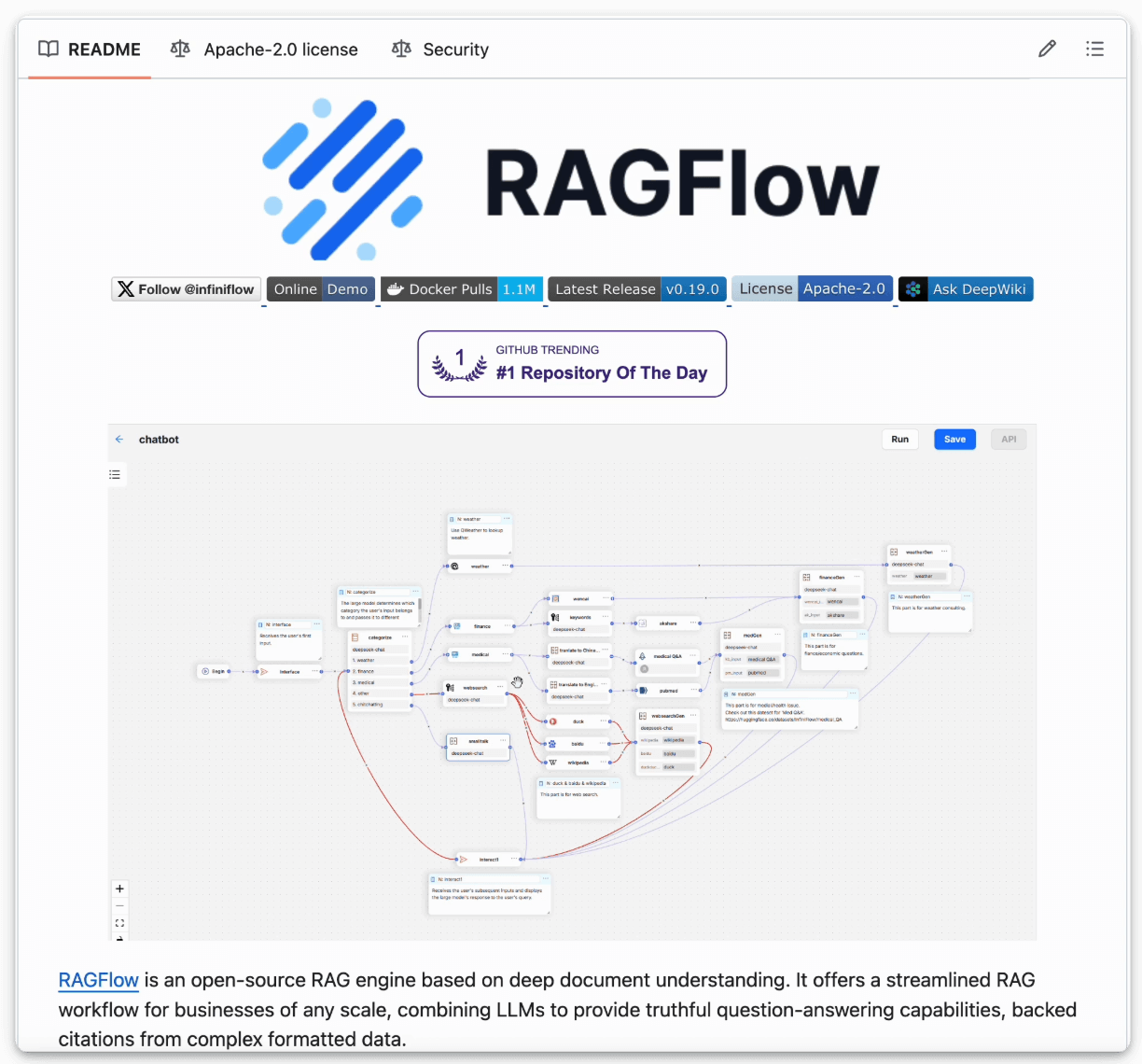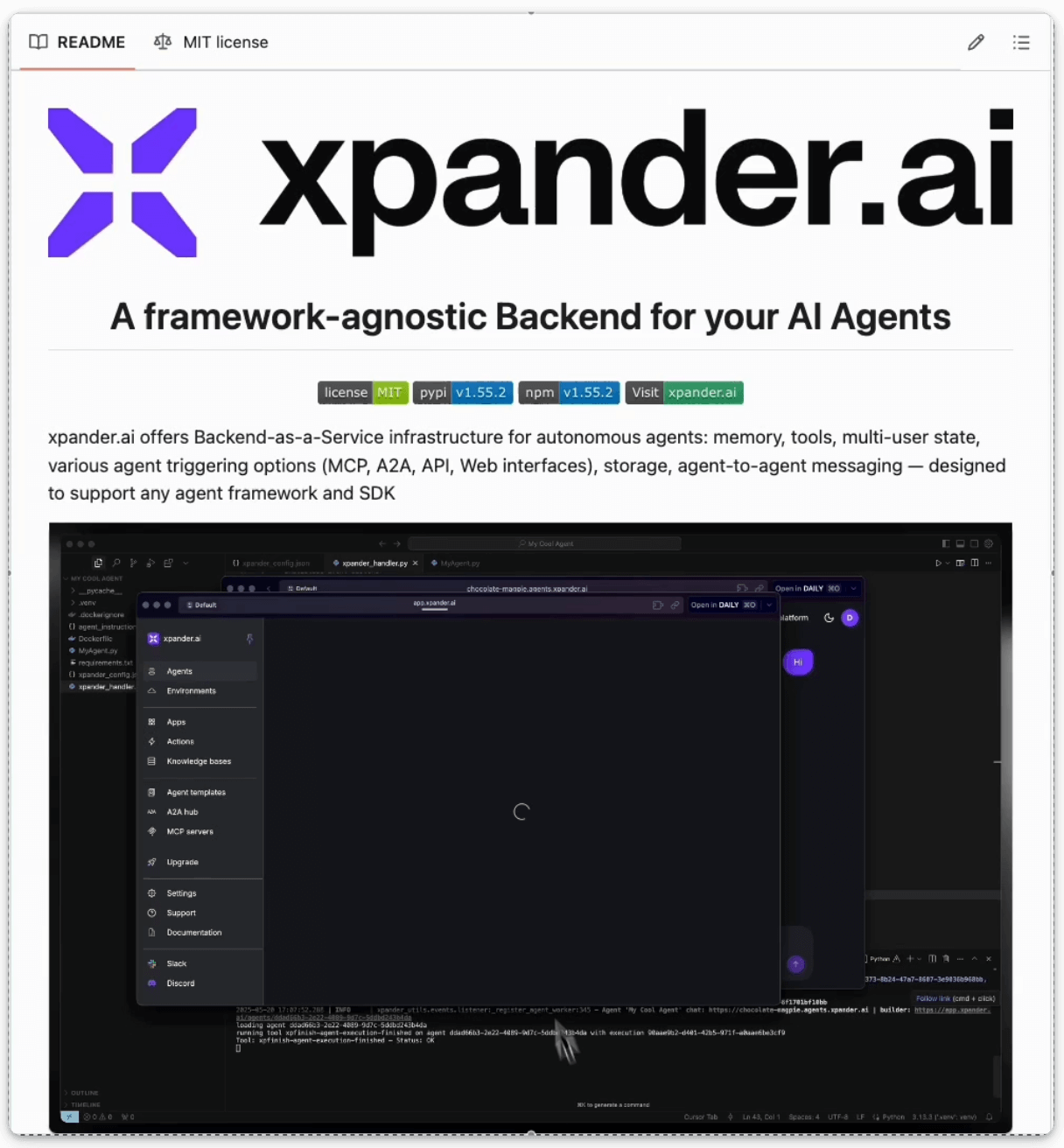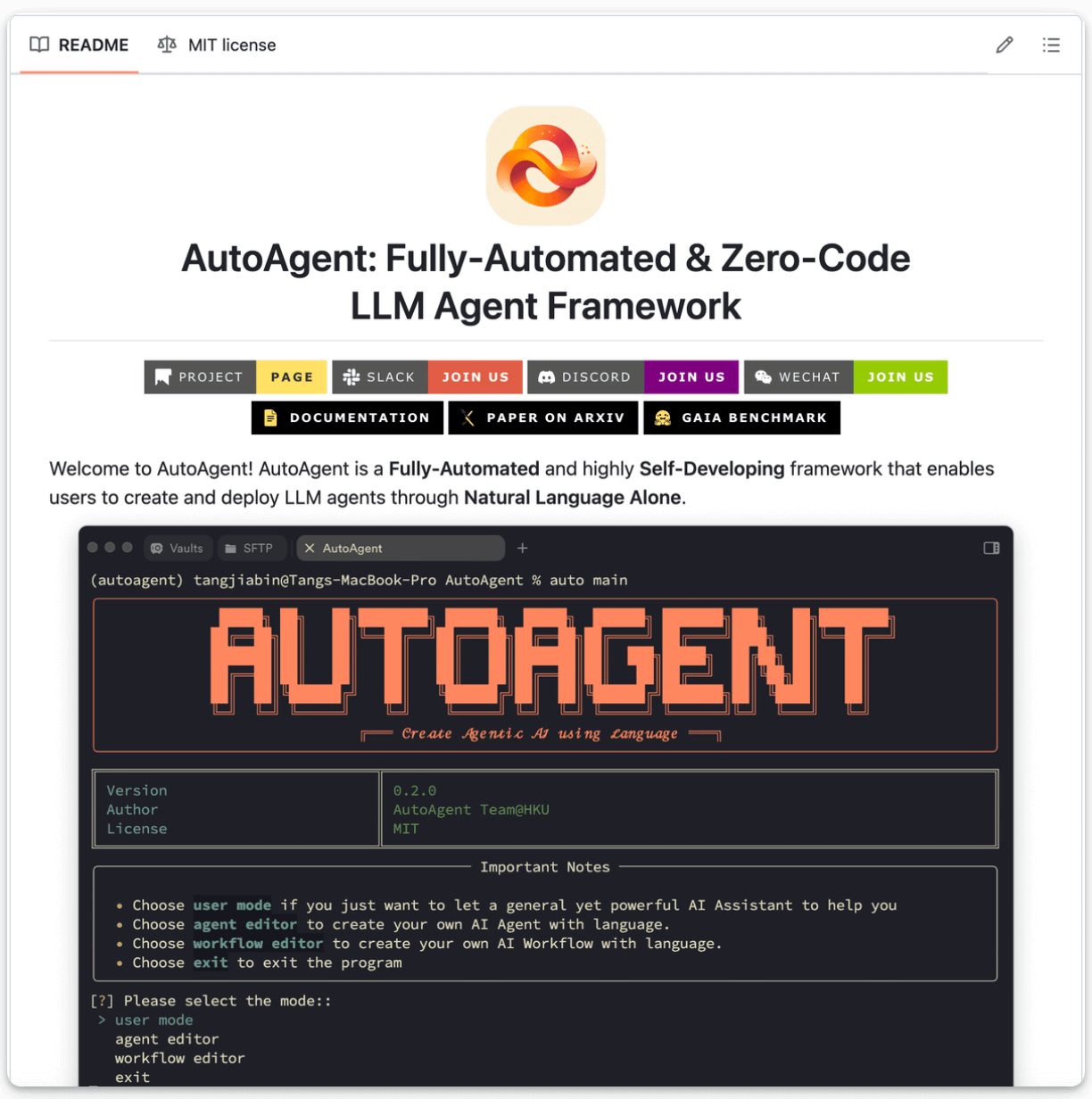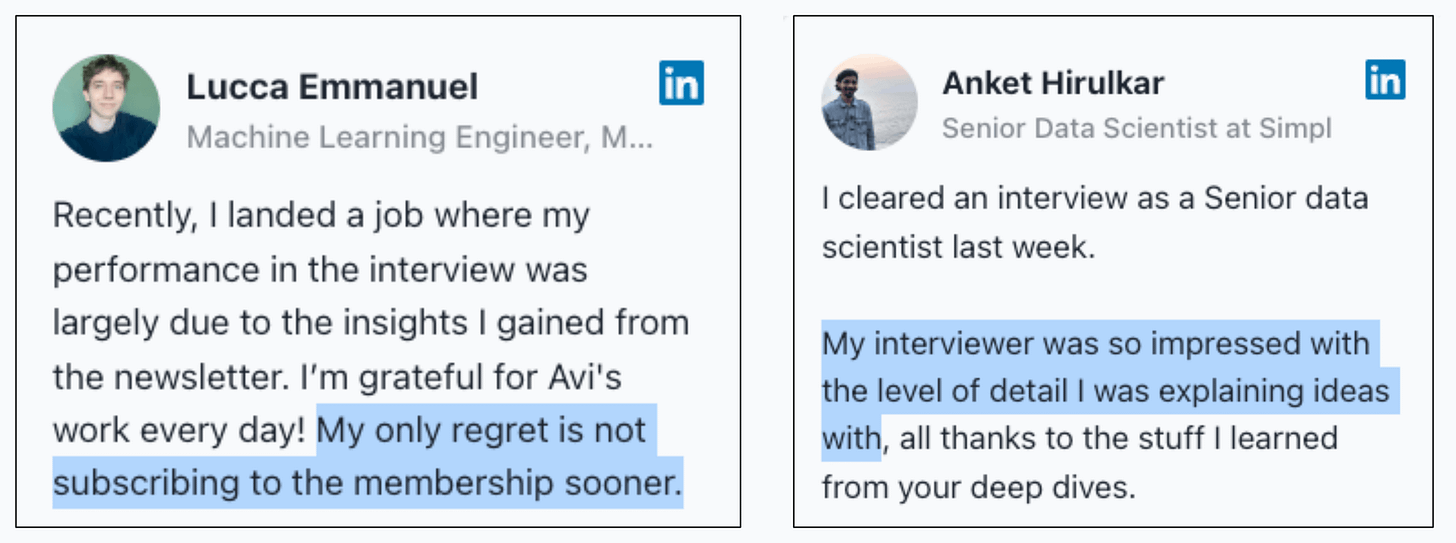6 No-code LLM, Agents, and RAG Builder Tools for AI Engineers
...with 200k stars combined!
In today's newsletter:
Fireplexity: An open-source Perplexity clone
6 no-code LLM, Agents, and RAG builder tools.
[Video] A technique to understand TP, TN, FP and FN
Fireplexity: An open-source Perplexity clone
Fireplexity is a fully open-source Perplexity clone that provides AI-powered answers with cited sources.
Key features:
Powered by real-time web search.
Provides responses backed by references
Asks smart follow-ups.
Thanks to Firecrawl for building this and partnering today!
6 no-code LLM, Agents, and RAG builder tools
Continuing from open-source…
We scroll through and test several GitHub repos every week to find promising projects that would be helpful for AI engineers.
Here are 6 no-code LLM, Agents, and RAG builder tools we found:
RAGFlow
RAGFlow is a RAG engine for deep document understanding!
It lets you build enterprise-grade RAG workflows on complex docs with well-founded citations.
Supports multimodal data understanding, web search, deep research, etc.
100% open-source with 59k+ stars!
xpander
xpander is a framework-agnostic backend for agents that manages memory, tools, multi-user states, events, guardrails, etc.
While it is not a core no-code tool, you can build, test, and deploy Agents by primarily using the UI.
Compatible with LlamaIndex, CrewAI, etc.
Transformer Lab
Transformer Lab is an app to experiment with LLMs:
Train, fine-tune, or chat.
One-click LLM download (DeepSeek, Gemma, etc.)
Drag-n-drop UI for RAG.
Built-in logging, and more.
A 100% open-source and local!
Llama Factory
LLaMA-Factory lets you train and fine-tune open-source LLMs and VLMs without writing any code.
Supports 100+ models, multimodal fine-tuning, PPO, DPO, experiment tracking, and much more!
100% open-source with 50k stars!
Langflow
Langflow is a drag-and-drop visual tool to build AI agents.
It lets you build and deploy AI-powered agents and workflows. Supports all major LLMs, vector DBs, etc.
100% open-source with 82k+ stars!
AutoAgent
AutoAgent is a zero-code framework that lets you build and deploy Agents using natural language.
It comes with:
Universal LLM support
Native self-managing Vector DB
Function-calling and ReAct interaction modes.
100% open-source with 5k stars!
👉 Over to you: What no-code AI builder tools will you add here?
[Video] A technique to understand TP, TN, FP and FN
Do you struggle to classify predictions as one of TP, TN, FP, and FN?
If yes, here’s a video that explains a simple technique:
Essentially, when labeling any binary classification prediction, ask two questions:
Question 1) Did the model get it right?
The answer will be either Yes or No.
Yes means True.
No means False.
Question 2) What was the predicted class?
The answer will be either Positive or Negative.
Next, just combine the above two answers to get the final label.
For instance, say the actual and predicted class were positive.
Question 1) Did the model get it right?
Answer: Yes, which means TRUE.
Question 2) What was the predicted class?
Answer: POSITIVE.
The final label: TRUE POSITIVE.
👉 Over to you: Do you know any other techniques to label binary classification predictions?
Thanks for reading!
P.S. For those wanting to develop “Industry ML” expertise:
At the end of the day, all businesses care about impact. That’s it!
Can you reduce costs?
Drive revenue?
Can you scale ML models?
Predict trends before they happen?
We have discussed several other topics (with implementations) that align with such topics.
Here are some of them:
Learn how to build Agentic systems in a crash course with 14 parts.
Learn how to build real-world RAG apps and evaluate and scale them in this crash course.
Learn sophisticated graph architectures and how to train them on graph data.
So many real-world NLP systems rely on pairwise context scoring. Learn scalable approaches here.
Learn how to run large models on small devices using Quantization techniques.
Learn how to generate prediction intervals or sets with strong statistical guarantees for increasing trust using Conformal Predictions.
Learn how to identify causal relationships and answer business questions using causal inference in this crash course.
Learn how to scale and implement ML model training in this practical guide.
Learn techniques to reliably test new models in production.
Learn how to build privacy-first ML systems using Federated Learning.
Learn 6 techniques with implementation to compress ML models.
All these resources will help you cultivate key skills that businesses and companies care about the most.


